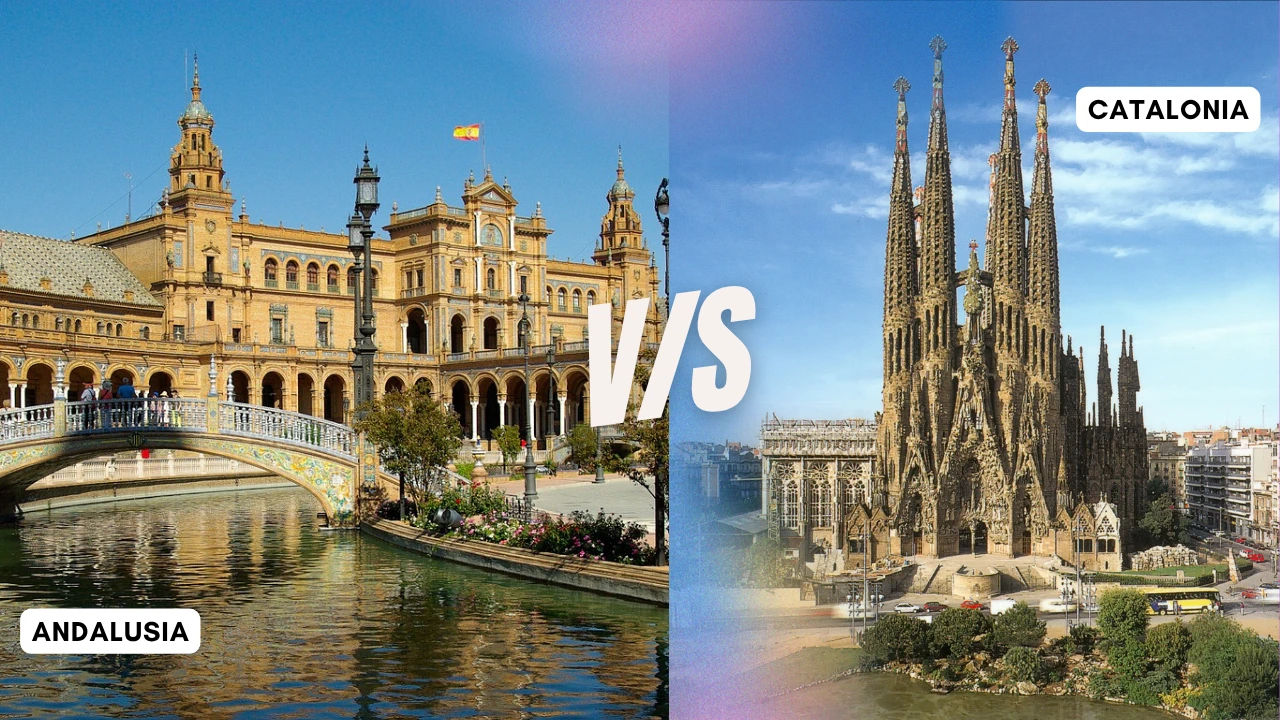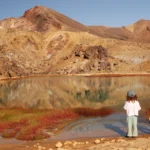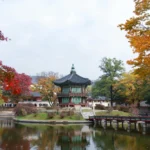Spain Isn’t Just One Flavour. It’s a Feast of Contrasts.
Spain isn’t a single story—it’s an anthology. And two of the most compelling chapters lie in Andalusia and Catalonia, regions that seem to live in parallel universes while sharing the same passport. One is fiery and sunbaked; the other modernist and proud. To travel through both is to witness a cultural tug-of-war between flamenco and sardana, tapas and pintxos, Moorish arches and Gaudí’s mosaics.
But if you’re trying to choose between them—or understand what makes them so distinct—this is the journey for you.
Andalusia: The Soul of the South
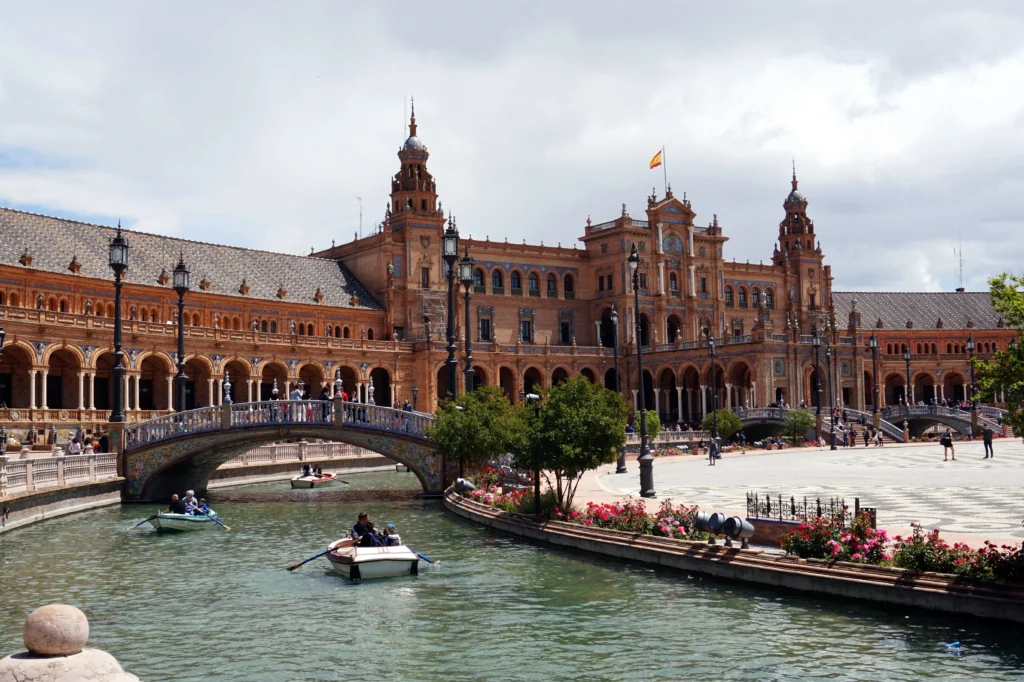
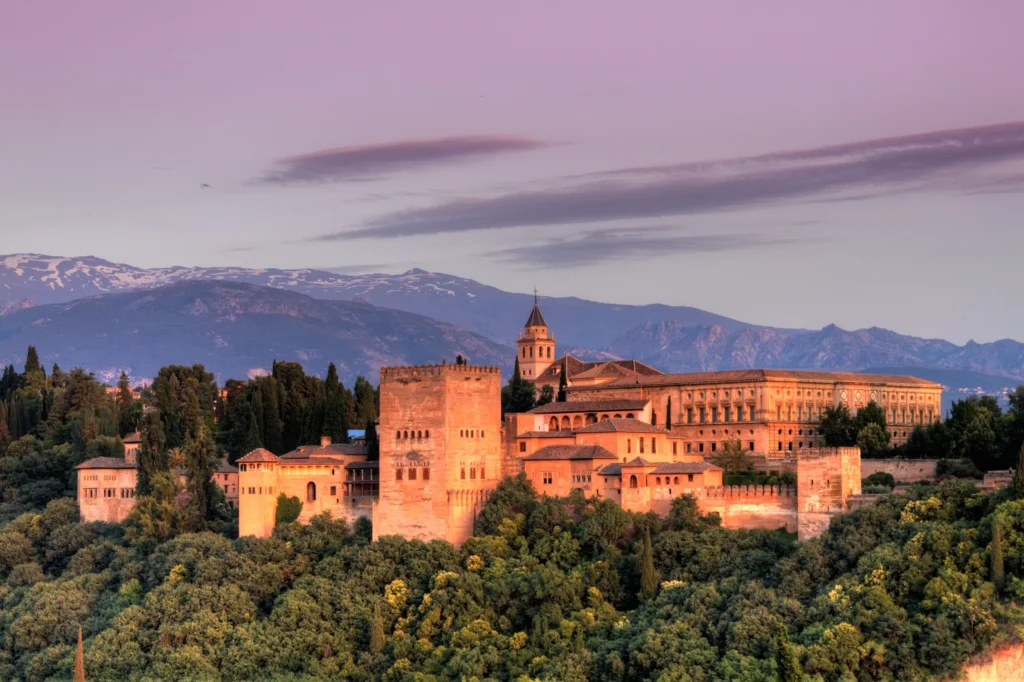
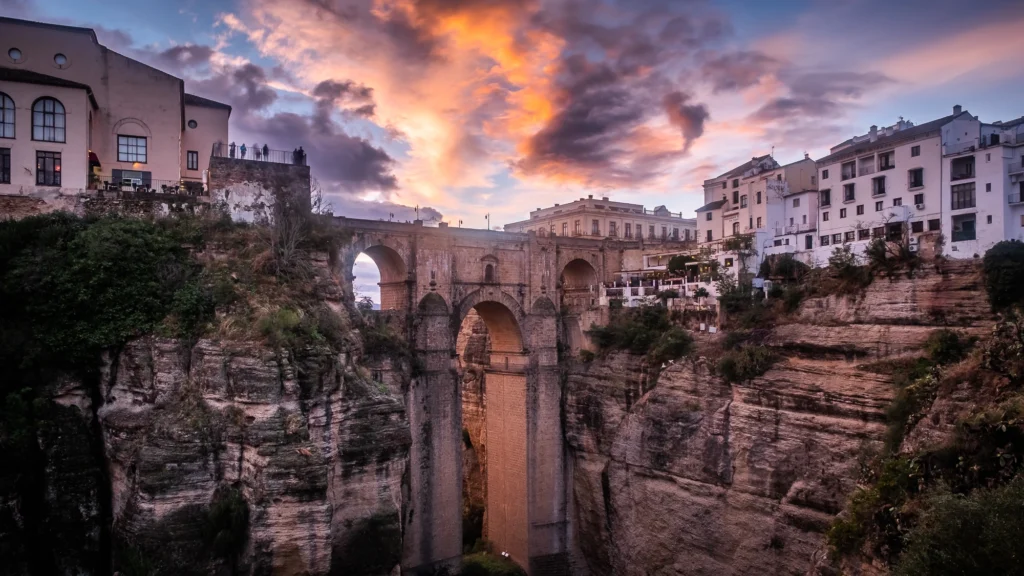
If Spain had a heartbeat, it might be the rhythmic stomp of a flamenco dancer in Seville. Andalusia is the cradle of many things people think of as “quintessentially Spanish”—flamenco, bullfighting, whitewashed villages, and long, lazy siestas.
Here, time moves differently. You feel it in the cobbled alleyways of Córdoba’s old Jewish Quarter. You taste it in the salty tang of jamón ibérico served in a sun-drenched plaza. You see it in the Alhambra of Granada, where Islamic art meets Renaissance refinement.
• Seville oozes romance. Orange blossoms scent the air in spring, and during Holy Week, the city pulses with intense, soulful processions.
• Granada whispers tales of the Moors, their legacy etched in every tiled wall.
• In Ronda, perched precariously over a gorge, you feel the poetry of history.
Andalusia is raw. It’s emotional. It’s the kind of place where someone will sing just because the sunset feels right.
Catalonia: A Different Drumbeat
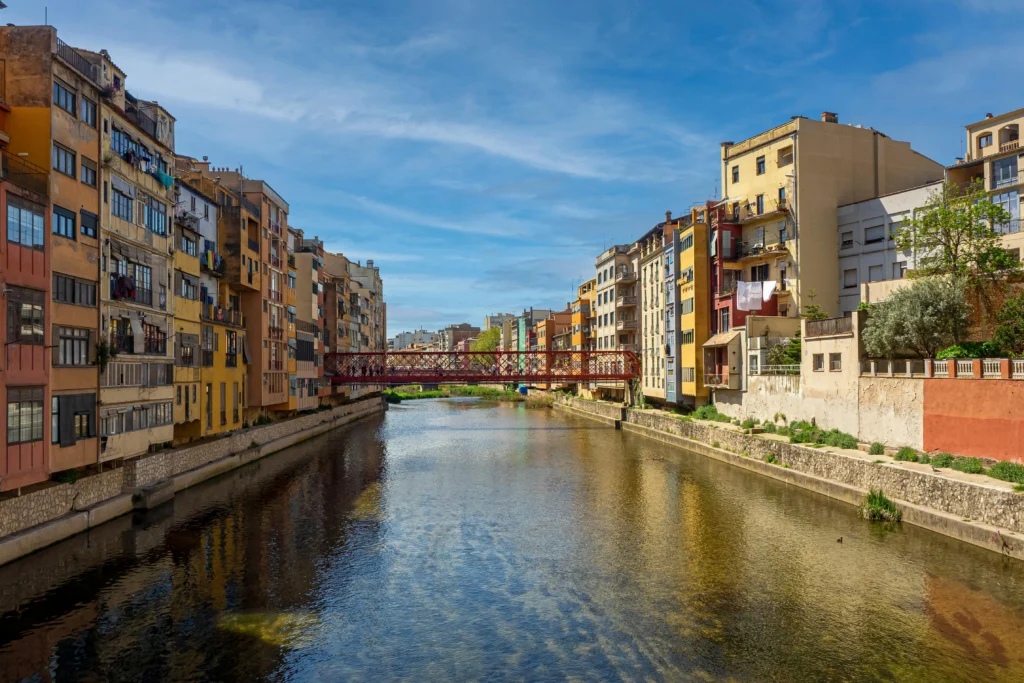
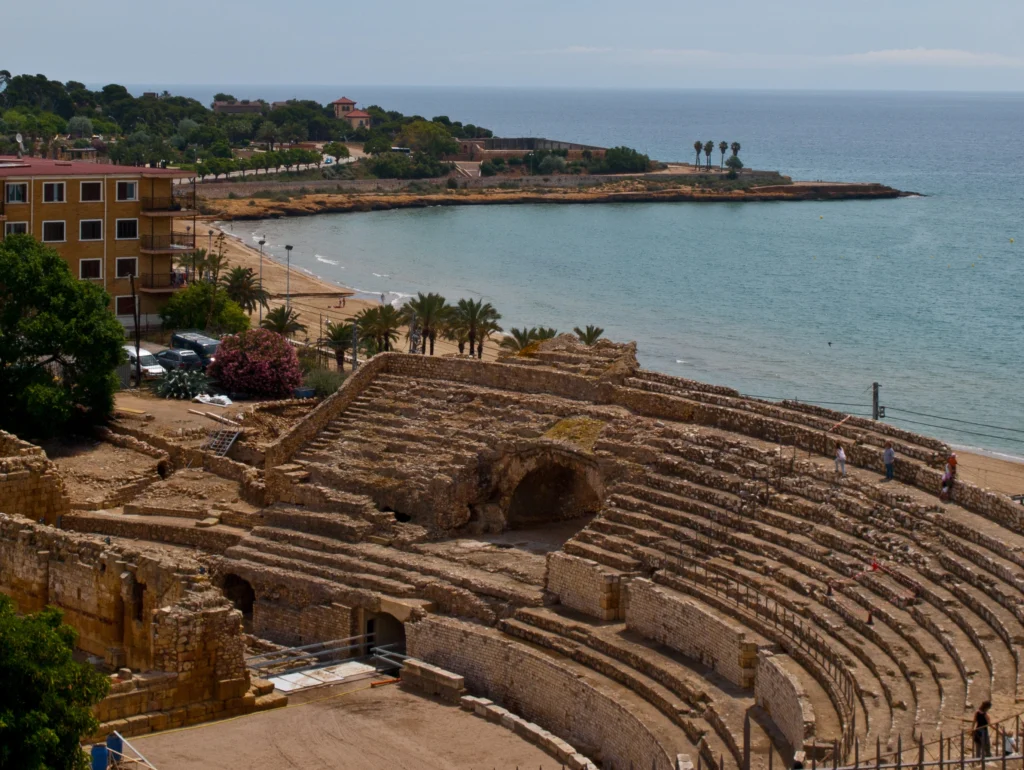
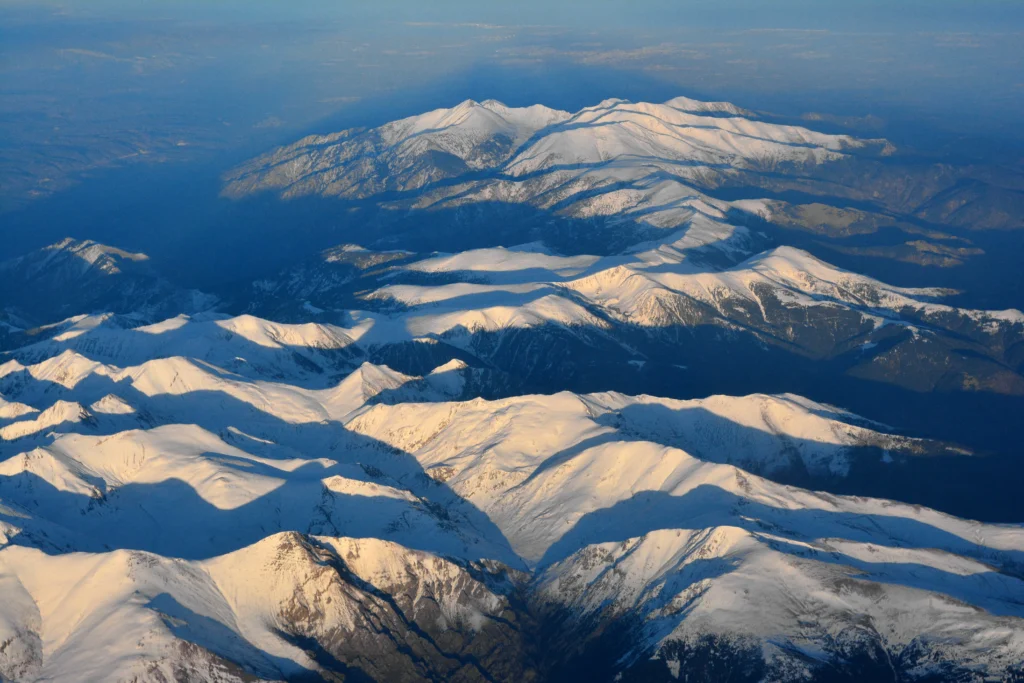
Drive or train northeast, and Spain shifts tempo. Catalonia is bold, efficient, and fiercely independent. With its own language (Catalan) and a long-standing push for autonomy, this region wears its identity proudly.
Barcelona, the jewel of Catalonia, is a contradiction in motion—modern yet ancient, urban yet artistic, traditional yet radical. Gaudí’s architecture gives the city a dreamlike feel, from the surreal curves of Casa Batlló to the jagged fantasy of Sagrada Família. But there’s more than just Barcelona.
• Girona is a medieval maze, where Game of Thrones filmed and locals still gather at bakeries that haven’t changed in decades.
• Tarragona brings Roman ruins to the sea, blending history with beachside calm.
• The Pyrenees offer Catalonia’s wilder side: snow, hiking, and near-silent solitude.
Catalonia doesn’t shout like Andalusia—it speaks in art, in innovation, in quiet pride.
The Food Fight: Tapas vs. Pintxos
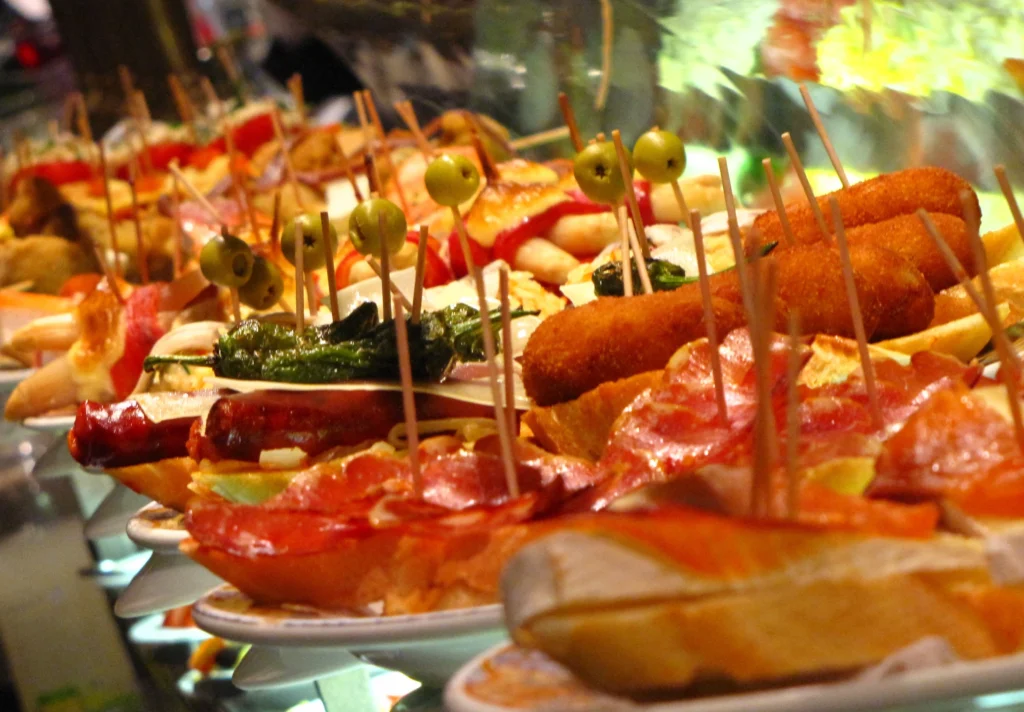
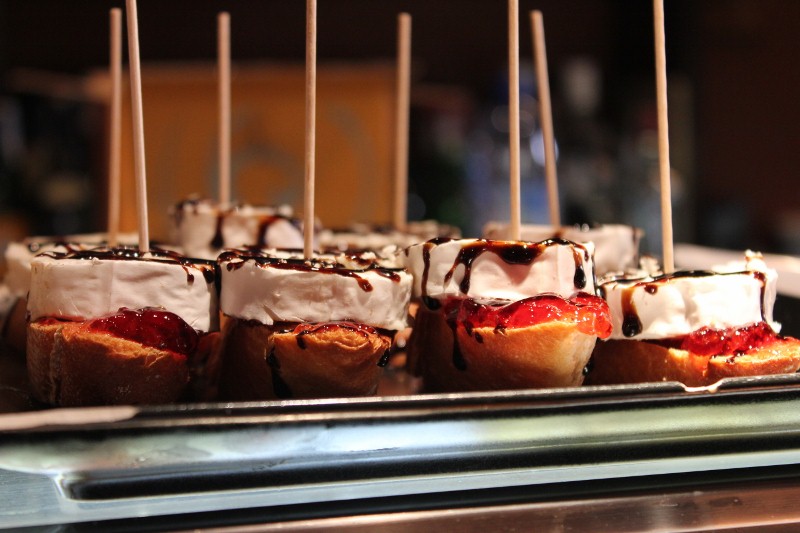
Andalusia is a tapas kingdom. You might get them free with a drink. Fried fish, salmorejo (a thicker, creamier gazpacho), and garlicky prawns rule the table.
Catalonia leans into pintxos—small bites skewered with toothpicks—and botifarra sausages, crema catalana (a cousin of crème brûlée), and seaside rice dishes that challenge Valencia’s paella crown.
Food in both places isn’t just a meal—it’s a way of life. But where Andalusians linger, Catalans plan. Meals reflect mood.
Tradition vs. Innovation
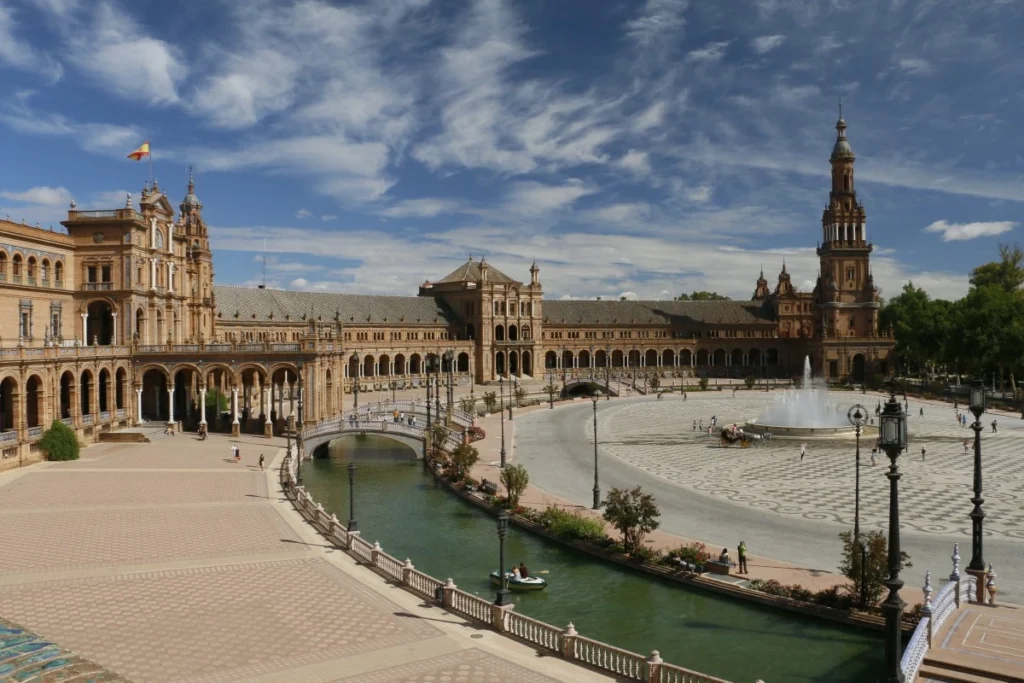
Andalusia carries the weight of centuries. It feels older, wiser, more traditional. Religion and ritual are embedded in daily life. It’s a place where ancient mosques became cathedrals and time didn’t erase the layers—it preserved them.
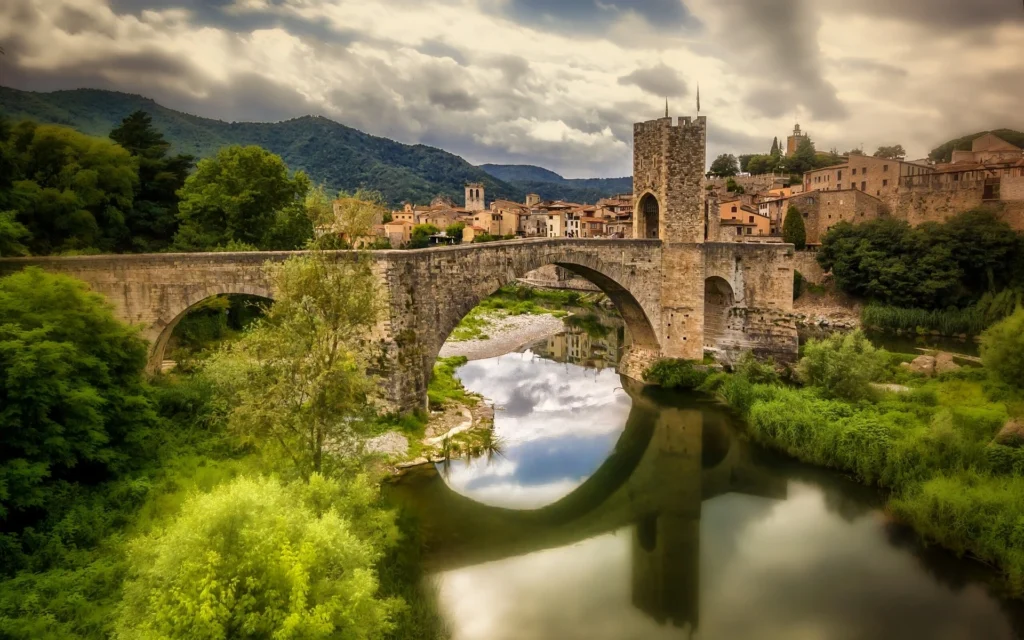
Catalonia, by contrast, feels future-facing. It’s Spain’s tech and design hub. Even its festivals, like the Castells (human towers), defy gravity and tradition simultaneously.
So… Which Should You Choose?
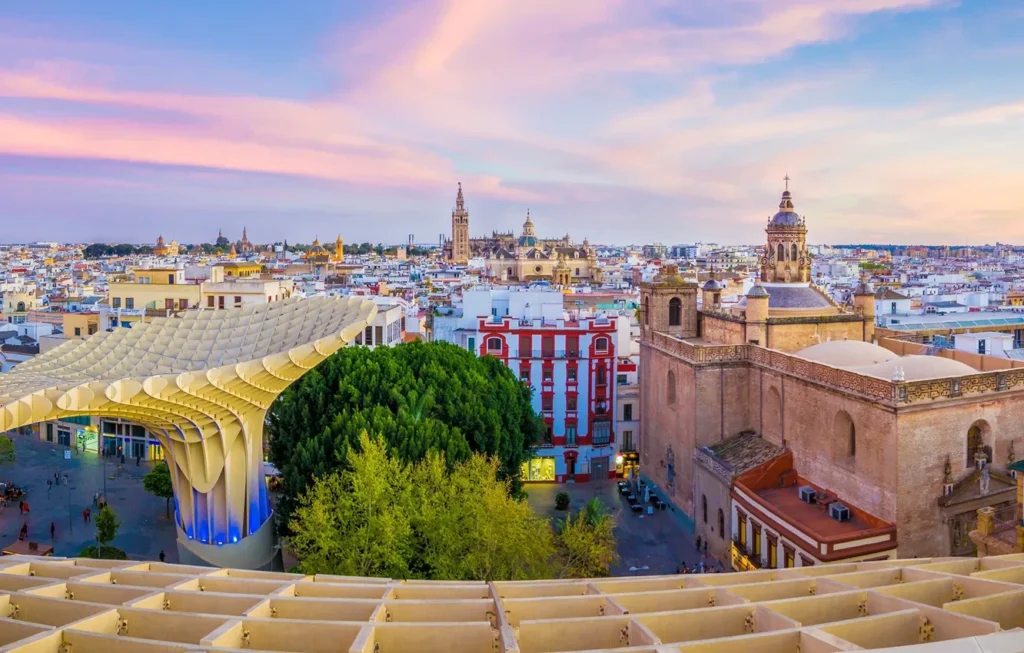
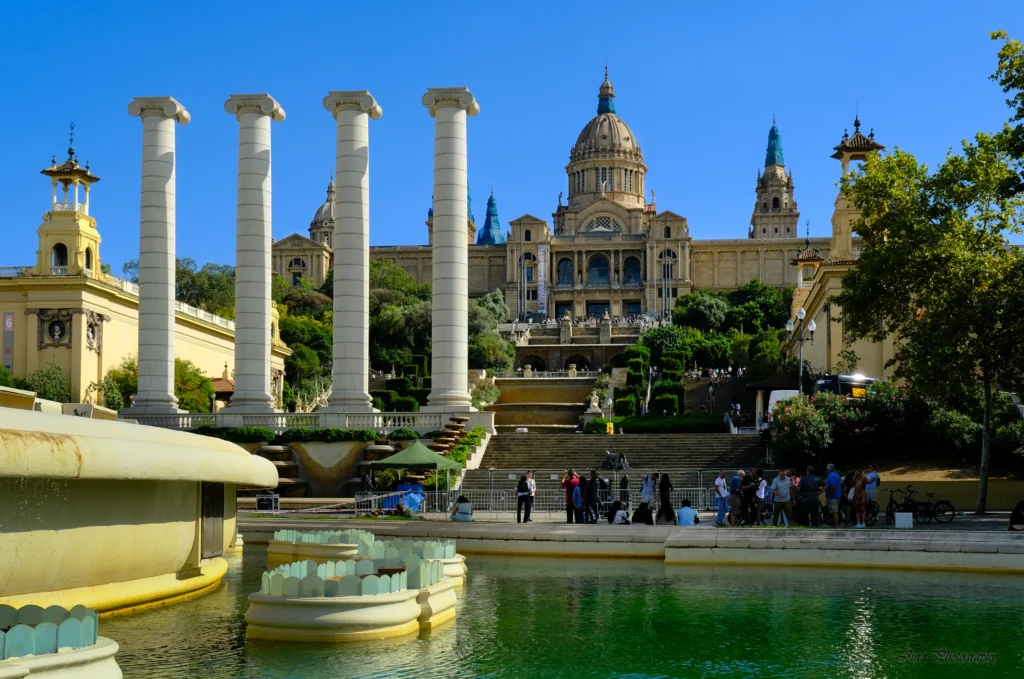
Honestly? You shouldn’t. You should experience both. But if you must choose:
• Choose Andalusia if you crave emotion, history, music, and deep, poetic tradition. If your soul dances to guitar strings and you want sunsets over ancient palaces.
• Choose Catalonia if you seek creative energy, architectural wonders, culinary edge, and a European feel with a twist of rebellion.
Each offers a lens into Spain’s soul. But together, they show that Spain doesn’t just offer variety—it is variety.

